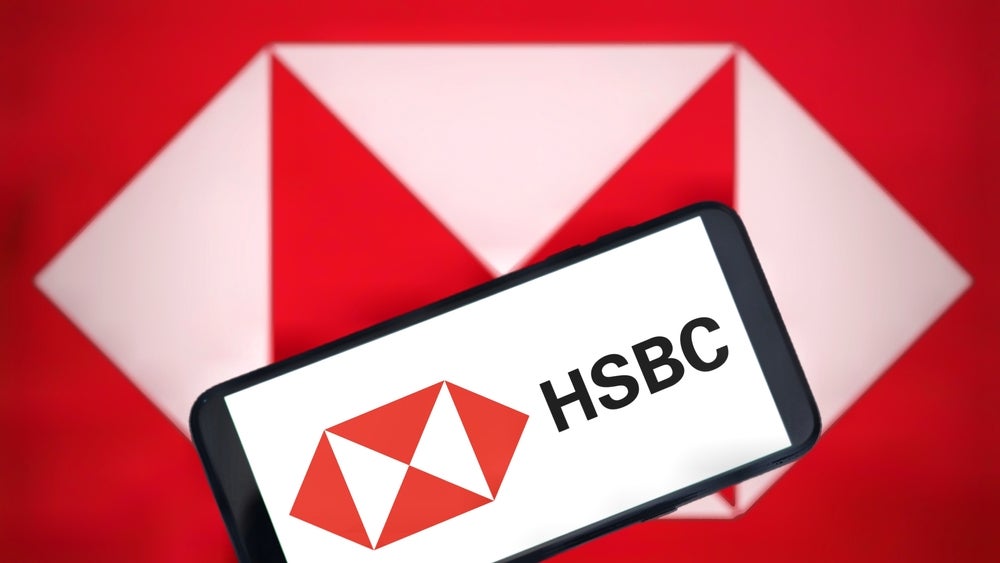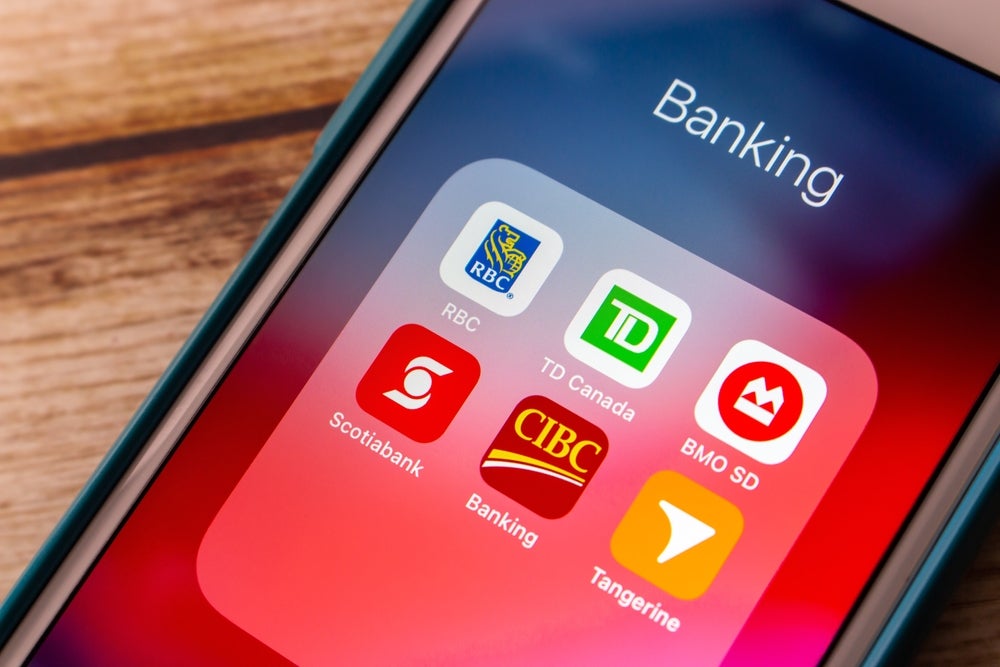Farah Halime speaks to James
Galloway, chief marketing officer, and Aman Narain, head of remote
banking, at Standard Chartered’s consumer banking division, as the
bank records double-digit growth in the first quarter of 2010 and
agrees a deal with Akamai Technologies to speed up its online
banking platform.
 Standard Chartered
Standard Chartered
(StanChart), the UK-based but emerging markets focused lender, has
reported that its consumer banking division hit “double-digit”
growth in the first quarter of 2010 compared to the corresponding
quarter a year ago.
The bank’s latest trading statement
reported “record” group profits for the first quarter, with
consumer banking making a larger contribution to total income than
in the comparable period of 2009, although the bank did not
disclose specific figures.
Cost-income jaws remained
“positive” with growth in customer loans and deposits, “good volume
growth” in mortgages, while asset quality improved compared to the
first quarter of 2009.
The bank added that the focus on
current and savings accounts had boosted inflows, but liability
margins remained under pressure due to low interest rates.
How well do you really know your competitors?
Access the most comprehensive Company Profiles on the market, powered by GlobalData. Save hours of research. Gain competitive edge.

Thank you!
Your download email will arrive shortly
Not ready to buy yet? Download a free sample
We are confident about the unique quality of our Company Profiles. However, we want you to make the most beneficial decision for your business, so we offer a free sample that you can download by submitting the below form
By GlobalDataThe results are in line with record
income and profit for seven successive years, despite the global
downturn. Its 13% rise in fiscal 2009 pre-tax profit to $5.15bn
beat analyst expectations thanks in part to a revival in consumer
banking revenues.
Consumer banking has continued to
“underpin momentum” with an increased focus on building the
StanChart brand.
‘Here for good’, a global brand
campaign rolled-out in March in a drive to boost market share
across Asia, Africa and the Middle East, has already been well
received.
The marketing initiative, developed
by advertising agency TBWA, incorporates television, print, digital
and outdoor media and comes ahead of the bank’s sponsorship of
Liverpool football club kicking in from July 2010.
“Our brand is all about
commitment,” said Peter Sands, the bank’s chief executive, at the
time of launch.
“We are here for good [and] don’t
run when things get tough. We don’t dodge tough decisions and
trade-offs.”
James Galloway, chief marketing
officer at the bank was optimistic about the early response from
the campaign.
“Anecdotal evidence indicates that
it is resonating well. Some clients have affirmed that ‘Here for
good’ indeed represents what they know of StanChart,” Galloway told
RBI.
“However, the campaign has been in
the market for between four and six weeks, hence it is too early to
read the impact.”
Citing social media sites such as
Twitter and YouTube, Galloway added that “conversations” are taking
place “where television commercials are being shared”.
The bank’s campaign video had
attracted nearly 24,000 views on YouTube by the middle of May.
Social media sites are playing an
increasingly integral role in bank marketing with Facebook
applications, Twitter ‘tweets’ and YouTube videos becoming the norm
(see Social media powerful, but no silver
bullet ).
Akamai is leading
player
 As part of the bank’s
As part of the bank’s
digital drive, the bank has agreed a deal with technology vendor
Akamai Technologies to offer faster and more secure internet
banking.
Aman Narain, the bank’s head of
remote banking, told RBI the technology vendor was the
“natural” choice for offering customers a “superhighway” to
data.
“What swung it for us, quite
honestly, is that Akamai are without doubt the leading player in
this field,” Narain said.
“Without blowing Akamai’s trumpet
too much, they are the leaders in the game. We have been very
impressed with the team there, they have some of the brightest
minds around so it was a natural choice for us and competition is
pretty weak there.”
Akamai Technologies will streamline
the bank’s online operations to a single data centre in Asia,
resulting in delivery of content more quickly and securely than
local hosting.
Although Narain would not go into
the specifics of the tender process, he said that “as a global
player, [Akamai] were hands-down favourites” although there were a
few insider options considered.
The deal has also saved the bank
“multimillion dollar” costs usually spent in hardware, bandwidth
and maintenance.
“We don’t pay the data centres the
vast sums of money that we used to,” Narain added.
“Not only is it higher availability
and faster but it’s also significantly cheaper. A lot of companies
are coming around to this and it is not really a leap of faith, but
more resilience for a lower price.”
Narain used the analogy of a
“superhighway” for the updated web platform Akamai offers.
“If there is a traffic jam on the
super highway it is going to be slow,” he said.
But with Akamai, “should there be a
traffic jam [Akamai] will find the fastest way to get to the end
destination”, he added.
The initial results have already
proved that banking transactions are getting faster, with the time
it has taken for Indian consumer banking customers to complete a
five-step banking process falling from 70 seconds to 20 seconds.
The bank said the improvements have led to a 20% increase in the
bank’s online wholesale banking transaction volume worldwide.
Akamai has also pioneered
“web-cashing”, which allows customers to access the StanChart
website quickly. The vendor’s globally distributed platform of over
65,000 servers across 70 countries means that a customer does not
need to go to the hub of the network to retrieve stored
information, but can tap into one of the servers dotted across the
globe.
Narain said: “Google has its own
capability there; that’s what they use. If everybody was going all
the way to California to pull You Tube [the Google subsidiary]
videos, it would clog up the arterial pipes there.
“By signing up with them we make
sure the customer has the fastest way of hitting our data centre as
possible.”
He cited the United Arab Emirates
as a particular success, with accessibility more than halving in
speed. But he added there is still “tons more to do there”.
Looking ahead, the bank is looking
to offer a uniform service to its customers across Asia, Africa and
the Middle East.
“[Customers] may not be able to
access the internet but we want to make sure that customers always
have access to their data,” Narain said.
“In an era when there is more and
more content flowing around, the need to be able to give content to
the customer where they want it, when they want is the key.”
Narain said the bank would be
focusing on getting the basics right in terms of online and mobile
banking, to make direct banking as easy as possible for
customers.
The bank has already made in-roads
into the growing iPhone application market with the launch of
Breeze (see page 14), an app that allows customers to send
the “world’s first e-cheque” via their smart phone.
Customers can write and issue
cheques using their mobile phone alongside regular features such as
paying bills, transferring funds and managing finances.
Narain said: “[Breeze is]
definitely very interesting for us. It does some nifty things
[and]… we see that space evolving for us quite significantly.”
Reinforcing a more customer-driven
marketing strategy, Galloway said after a “major strategic shift”
18 months ago, the bank’s priorities for 2010 would centre on
customer needs and specific target segments.
Galloway said: “We are laying
strong foundations to become a world-class consumer bank. Our
strategy has been to engage across the customer life-cycle in a few
identified key markets and moving from a product-led to a
customer-focused, segment-led organisation”.
He added that he is confident that
the bank, which derives nearly 90% of its profit from Asia, the
Middle East and Africa, is in the “right market with the right
strategy”.
In line with targeting specific
customer segments, ‘Priority Banking’ was re-launched in the second
half of 2009. The mass-affluent service is aimed at people with
savings or investments in excess of $100,000.
The bank also plans to launch
‘Preferred’ banking later this year, although few details were
given on this venture, and has reiterated the strength of its
“market pioneering” rewards loyalty programme to existing
customers.
Galloway said: “Our pan-bank
rewards programme is a cornerstone of the strategy”.
For new-to-bank customers,
StanChart has launched ‘bundles’, offering products and services
tailored to a specific customer need (such as home buying) or
segment (Priority banking).
The range of products and services
are part of the bank’s wider strategy of boosting cross-sell ratio,
which, Sands said in 2009 was not high enough at 1.4.
But Galloway said the bank was
“very pleased with the growth” and continues to improve.
“Our enhanced focus on customers is
helping us deepen relationships and acquire more new-to-bank
customers,” he added.
The bank aims to grow its balance
sheet, gain market shares and invest in boosting its distribution
network.
The bank recently won approval to list on an Indian Stock
Exchange, the first ever foreign company to do so, as India becomes
an increasingly important part of its business. The bank is
expected to raise around $600m from the Indian listing.








